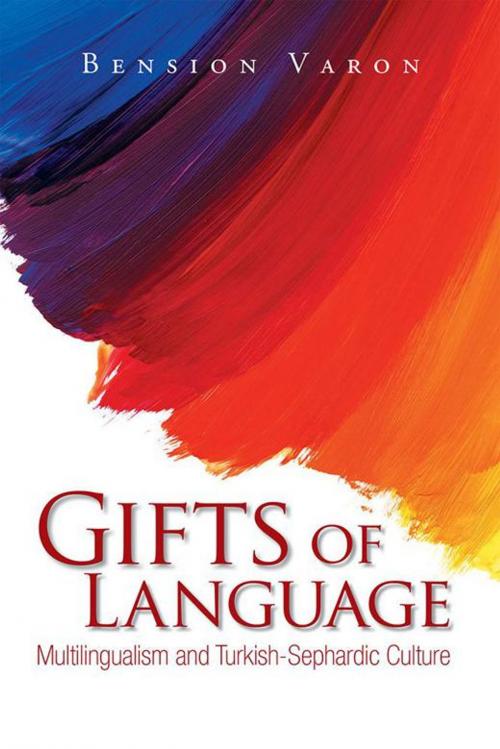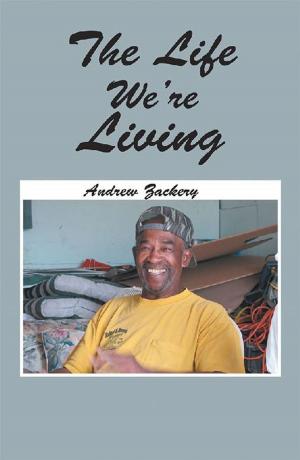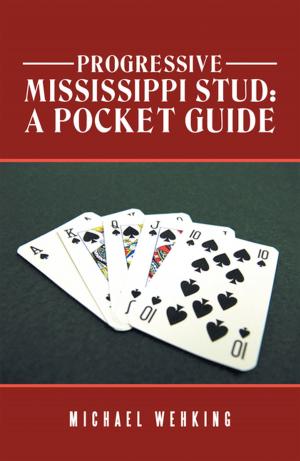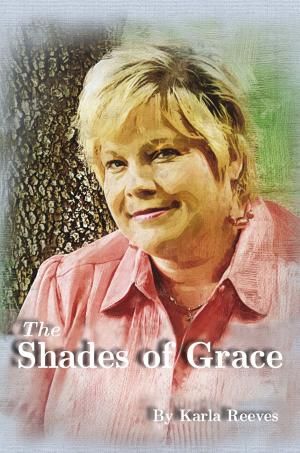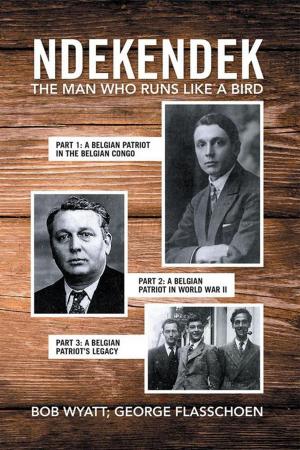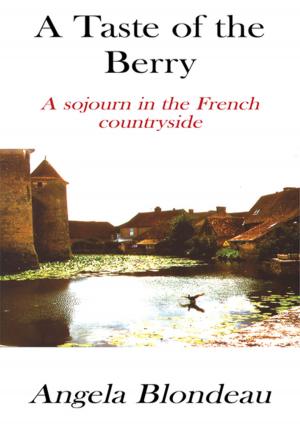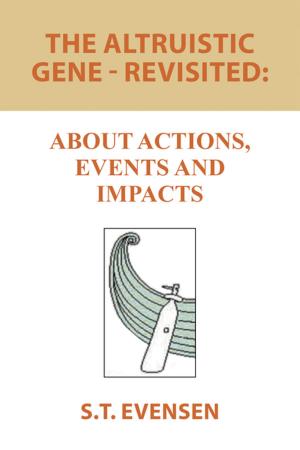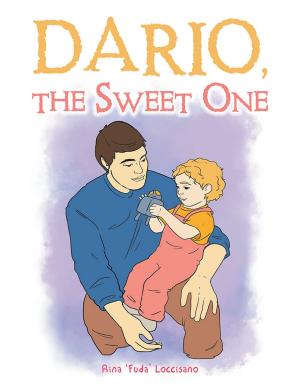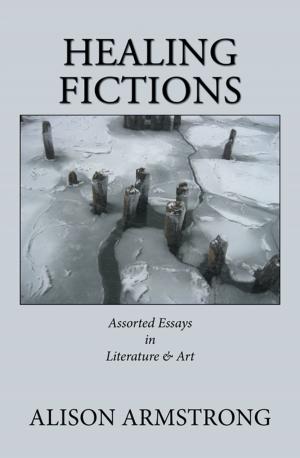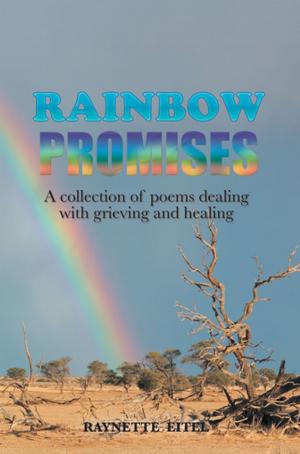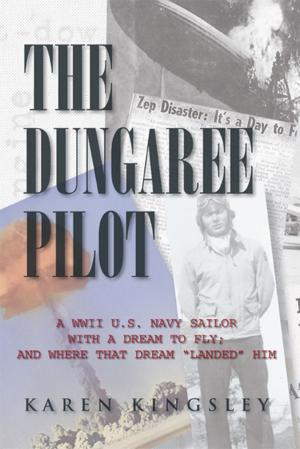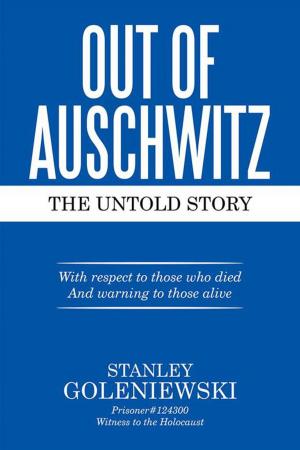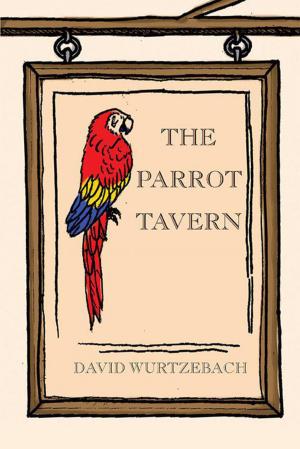Gifts of Language
Multilingualism and Turkish-Sephardic Culture
Nonfiction, Art & Architecture, Architecture, History, Reference & Language, Language Arts, Education & Teaching| Author: | Bension Varon | ISBN: | 9781524512545 |
| Publisher: | Xlibris US | Publication: | July 8, 2016 |
| Imprint: | Xlibris US | Language: | English |
| Author: | Bension Varon |
| ISBN: | 9781524512545 |
| Publisher: | Xlibris US |
| Publication: | July 8, 2016 |
| Imprint: | Xlibris US |
| Language: | English |
Bension Varon is a Sephardic Jewa descendant of Jews expelled from Spain under the threat of conversion in 1492. He was born and grew up in Istanbul, Turkey, where he had two mother tongues: Turkish and Judeo-Spanish, the language of his ancestors. He became familiar with Hebrew and Greek and acquired fluency in French and English through both education and professional work, including in international organizations. Varon has lived as a multilingual most of his adult life, in harmony with his multicultural upbringing and vocation. This book describes the historical currents that made Istanbul a uniquely multicultural city, evident in its diversity of languages and the vibrancy of its cultural and linguistic exchanges. It paints a vivid picture of the sensibility, mores, and culture of Turkeys Sephardic community, grounded in the Judeo-Spanish language. It discusses the importance of language acquisition and use to both the authors own immigrant experience and to immigrant experiences more generally. Multilingualismknowledge of three or more languagesis not rare in much of the world. Varons case is special partly because of the mixture of his languages, which combines the Eastern (Turkish, Hebrew and Greek) and the Western (Spanish, French and English). One of his languages, Judeo-Spanish, is considered severely endangered by the United Nations Educational, Scientific and Cultural Organization (UNESCO) and is, therefore, given special attention by Varon, who retains a rare knowledge of it.
Bension Varon is a Sephardic Jewa descendant of Jews expelled from Spain under the threat of conversion in 1492. He was born and grew up in Istanbul, Turkey, where he had two mother tongues: Turkish and Judeo-Spanish, the language of his ancestors. He became familiar with Hebrew and Greek and acquired fluency in French and English through both education and professional work, including in international organizations. Varon has lived as a multilingual most of his adult life, in harmony with his multicultural upbringing and vocation. This book describes the historical currents that made Istanbul a uniquely multicultural city, evident in its diversity of languages and the vibrancy of its cultural and linguistic exchanges. It paints a vivid picture of the sensibility, mores, and culture of Turkeys Sephardic community, grounded in the Judeo-Spanish language. It discusses the importance of language acquisition and use to both the authors own immigrant experience and to immigrant experiences more generally. Multilingualismknowledge of three or more languagesis not rare in much of the world. Varons case is special partly because of the mixture of his languages, which combines the Eastern (Turkish, Hebrew and Greek) and the Western (Spanish, French and English). One of his languages, Judeo-Spanish, is considered severely endangered by the United Nations Educational, Scientific and Cultural Organization (UNESCO) and is, therefore, given special attention by Varon, who retains a rare knowledge of it.
